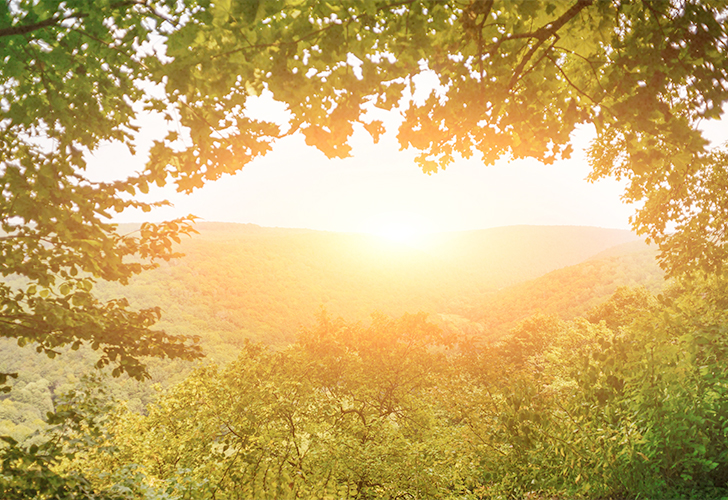The fight for freedom is a fight all humans have been engaged in from the time of infancy. I remember when my oldest child was 18 months old and she was given an adorable pair of boots. She desperately wanted to wear them, but she wanted the freedom to put them on by herself. It was a good couple of weeks of her trying to put them on, crying because she couldn’t, refusing my help, and eventually choosing a different pair of shoes she could put on before she finally figured out how to get these boots on her feet. Her triumph at wearing her boots that she put on all by herself for the first time was palpable.
The idea of freedom has sparked some of the most beautiful poetry, inspired unfathomable heroics, and created giants out of ordinary men and women. The thread of freedom seeking is intricately woven throughout all of history. Generally speaking, we have an idea of what freedom looks like on a large scale, but what about in our personal lives? What does freedom look like to you and me?
I see a trend today in the world of what I might call a search for radical freedom. This idea of you do you, cut off those that don’t build you up, and justify poor behavior in the name of fighting injustice. However, as Viktor Frankl shared in his book “Man’s Search for Meaning”, freedom without responsibility is meaningless. Frankl saw our ability to respond to life and to be responsible to life as a major factor in finding meaning and fulfillment in life.
I would assert then, that true freedom is found when we can take proper responsibility for our role in our lives. Freedom is attained when we have some healing under our belt, a confidence that we will continue to heal and progress, and a clear understanding of where our power lies. One common hangup that we can unintentionally lean into is that we don’t have the power to be perfect. In fact, It is part of the human condition to make messes, to be triggered, to need healing. Knowing this, adjusting our expectations, and accepting ourselves in the mess while trusting that the learning is part of the journey is an important piece of the freedom equation.
While we may not have power to be perfect, we do have power to create safety through healthy boundaries. Brene Brown, a well known researcher and author shares that the most compassionate people she has known are the most boundaried. When we have healthy boundaries and stay within the realm of what we judge as safe for us, we are our most loving, authentic selves. What provides greater freedom than expressing and living as your best self? What’s more empowering than realizing you determine your own safety? You get to choose how you interact with others. You get to choose what kind of behavior you can engage with and still be your best self. Remember, boundaries are not about telling others what they can and cannot do, this is boundaries counterfeit sister: control. When we put our ability to be safe in the hands of others we are actually giving our power away. That is not freedom. Of course we can invite others to behave in certain ways around us. If they choose to respect our wishes they get to be a part of our circle of safety that allows us to be our best selves. Remember that piece of responsibility though… it’s still your responsibility to be kind and firm about those boundaries. The power mantra here is, well, powerful! “I know what I want, I know what I don’t want. I express myself clearly and lovingly, and let go of the outcome.”
Letting go of the outcome is the final piece of freedom and perhaps the most difficult. Being able to let go means recognizing that what others think, say, and do has more to do with them than with you. If we clearly and lovingly share what we need to have happen for someone to be close to us, and they don’t choose it, they are giving us information. Likewise, if they do choose to honor our requests, they are also giving us information. We then get to take that information and remain curious with it as we determine our next steps. Knowing that others choices are outside of our control, what narrative are we creating about them, ourselves, and the relationship? Who is the author of that story? Fear? Pain? Peace? Compassion? Are we allowing the source of all truth, namely our Savior Jesus Christ to guide us to a story rooted in compassion and truth? Adding his truth to the story transforms it so we can let go with confidence and love. We are then free to choose connections and create a life we love to live.
Ultimately, freedom can be gained as we take responsibility for ourselves, stand firm in the truth of who we are with compassion, and continue to foster an environment of connection that allows us to grow and flourish. Applying these principles is not always easy, but once you start to get a taste of what this true freedom is like, you’ll never want to go back.








